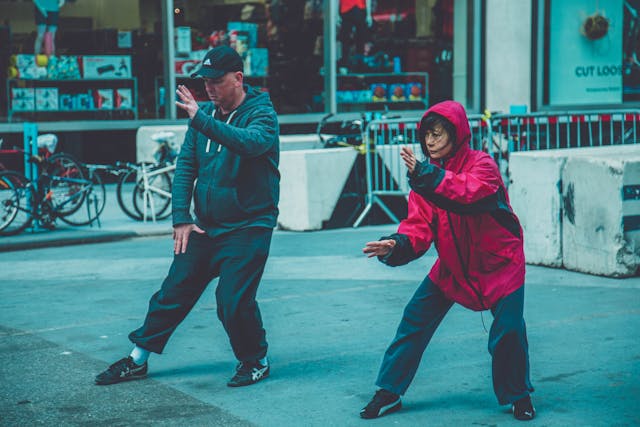Today, let’s dive into the serene and powerful world of Tai Chi, an ancient practice that’s all about balance, both in body and mind. Whether you’re a seasoned practitioner or just curious about this “meditation in motion,” there’s something here for everyone. So, grab a comfy spot, and let’s explore why Tai Chi is a fantastic addition to your well-being routine.
Tai Chi, with its gentle, flowing movements, is like a soothing balm for both the body and the mind. It’s a low-impact exercise that anyone can do, regardless of age or fitness level. Here’s why it’s so beneficial: Tai Chi is often called “meditation in motion” because it helps quiet the mind and reduce stress. The slow, deliberate movements encourage mindfulness, helping you stay present and focused. Regular practice improves balance, flexibility, and muscle strength. It’s particularly great for older adults as it helps reduce the risk of falls. The rhythmic movements and deep breathing can help alleviate anxiety and depression, promoting a sense of inner peace.
From bustling cities to tranquil parks, you’ll find people from all walks of life practicing Tai Chi. It’s popular among seniors for its gentle approach to maintaining mobility and balance, busy professionals as a way to de-stress and recharge, athletes to improve focus and flexibility, and anyone seeking inner peace because who doesn’t need a bit of calm in their life?
Starting Tai Chi is simple and doesn’t require any special equipment. Here’s a basic guide: Find a quiet space, a calm environment helps you focus. Warm up with gentle stretches to prepare your body. Begin with basic stances like the “Horse Stance” or “Single Whip.” Synchronize your movements with deep, slow breaths and practice regularly, as consistency is key to reaping the benefits.
Tai Chi has several styles, each with unique characteristics. The Chen Style is the oldest form, known for its explosive power and intricate movements. The Yang Style is the most popular, characterized by its slow, graceful movements. The Wu (Hao) Style focuses on small, subtle movements, while the Wu Style is known for its compact, flowing movements. The Sun Style combines Tai Chi with elements of other martial arts like Xingyiquan and Baguazhang.
Tai Chi originated in China over 400 years ago, developed by a Taoist monk named Zhang Sanfeng. Initially a martial art, it evolved into a practice for health and well-being. Today, it’s celebrated worldwide for its holistic benefits. Tai Chi is practiced globally, from the parks of Beijing to community centres in New York. It’s embraced by people of all ages and backgrounds, from health enthusiasts to those seeking a gentle way to stay active.
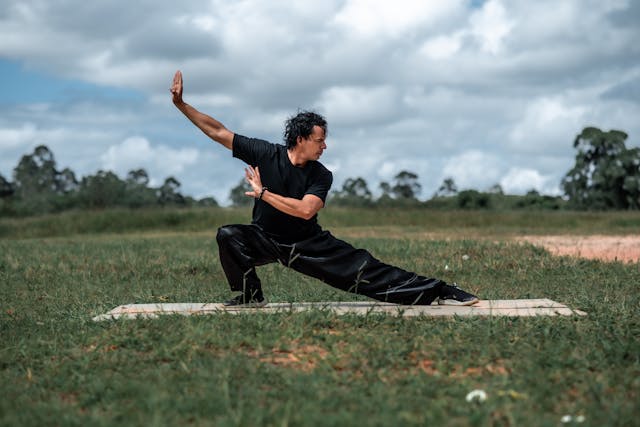
The Essence of Tai Chi
Tai Chi, with its gentle, flowing movements, is like a soothing balm for both the body and the mind. It’s a low-impact exercise that anyone can do, regardless of age or fitness level. Here’s why it’s so beneficial: Tai Chi is often called “meditation in motion” because it helps quiet the mind and reduce stress. The slow, deliberate movements encourage mindfulness, helping you stay present and focused. Regular practice improves balance, flexibility, and muscle strength. It’s particularly great for older adults as it helps reduce the risk of falls. The rhythmic movements and deep breathing can help alleviate anxiety and depression, promoting a sense of inner peace.
One of the most profound benefits of Tai Chi is its ability to enhance mental clarity and calm. In our fast-paced world, stress and anxiety are common, and finding ways to manage them is crucial. Tai Chi offers a unique solution. The practice involves slow, deliberate movements that require concentration and focus. This focus helps to quiet the mind, reducing the constant chatter that often leads to stress and anxiety. By practicing Tai Chi regularly, you can develop a greater sense of mental clarity and calm, which can improve your overall quality of life.
Tai Chi is not just about mental well-being; it also offers numerous physical benefits. The gentle, flowing movements of Tai Chi help to improve balance, flexibility, and muscle strength. This makes it an excellent exercise for older adults, as it can help to reduce the risk of falls. Additionally, Tai Chi can improve cardiovascular health, enhance respiratory function, and boost the immune system. The physical benefits of Tai Chi are numerous and can contribute to overall health and well-be
The rhythmic movements and deep breathing associated with Tai Chi can also have a positive impact on emotional well-being. The practice encourages a state of relaxation and calm, which can help to alleviate anxiety and depression. By focusing on the present moment and letting go of negative thoughts and emotions, Tai Chi can promote a sense of inner peace and emotional balance. This can lead to improved mood, better sleep, and a greater sense of overall well-being.
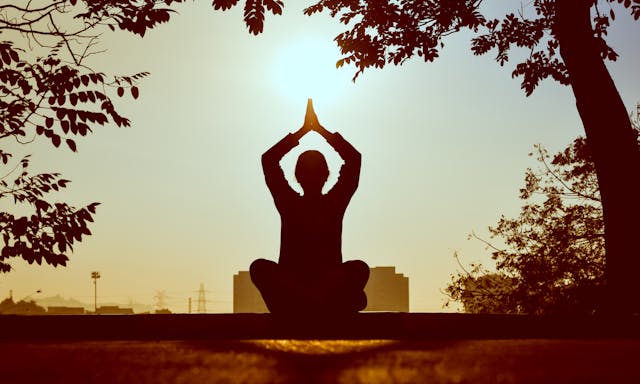
Who’s Practicing Tai Chi and Why?
From bustling cities to tranquil parks, you’ll find people from all walks of life practicing Tai Chi. It’s popular among seniors for its gentle approach to maintaining mobility and balance, busy professionals as a way to de-stress and recharge, athletes to improve focus and flexibility, and anyone seeking inner peace because who doesn’t need a bit of calm in their life?
Seniors
Tai Chi is particularly popular among seniors. The gentle, low-impact movements make it an ideal exercise for older adults who may have limited mobility or joint issues. Tai Chi can help to improve balance and coordination, reducing the risk of falls. It can also enhance flexibility and muscle strength, which can contribute to overall physical health. Additionally, the mental and emotional benefits of Tai Chi can help to improve quality of life for seniors, promoting a sense of well-being and inner peace.
Busy Professionals
In today’s fast-paced world, many busy professionals are turning to Tai Chi as a way to de-stress and recharge. The practice offers a much-needed break from the hustle and bustle of daily life, providing an opportunity to relax and unwind. The mental clarity and calm that Tai Chi promotes can help busy professionals to manage stress and improve focus and productivity. Additionally, the physical benefits of Tai Chi can help to counteract the negative effects of a sedentary lifestyle, promoting overall health and well-being.
Athletes
Athletes are also discovering the benefits of Tai Chi. The practice can help to improve focus and concentration, which can enhance athletic performance. The gentle, flowing movements of Tai Chi can also improve flexibility and balance, reducing the risk of injury. Additionally, the mental and emotional benefits of Tai Chi can help athletes to manage stress and anxiety, promoting a sense of inner peace and well-being. Whether used as a warm-up or cool-down exercise, or as a regular part of their training routine, Tai Chi can offer numerous benefits for athletes.
Anyone Seeking Inner Peace
Tai Chi is also popular among anyone seeking inner peace and emotional balance. The practice encourages mindfulness and relaxation, helping to quiet the mind and reduce stress. By focusing on the present moment and letting go of negative thoughts and emotions, Tai Chi can promote a sense of inner peace and well-being. Whether practiced alone or in a group, Tai Chi offers a unique opportunity to connect with oneself and find a sense of calm and balance in a busy world.
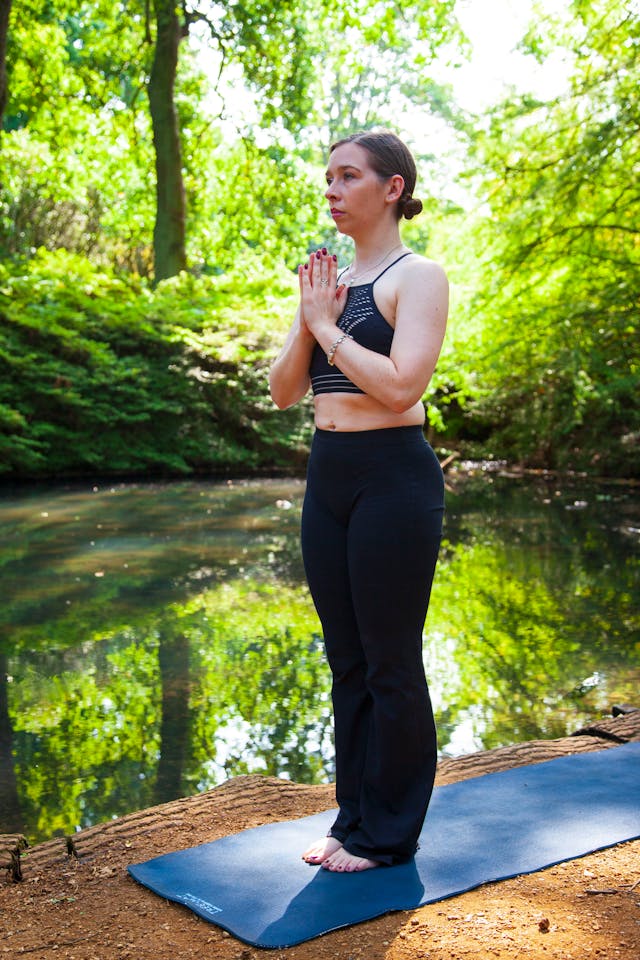
How to Perform Tai Chi
Starting Tai Chi is simple and doesn’t require any special equipment. Here’s a basic guide: Find a quiet space, a calm environment helps you focus. Warm up with gentle stretches to prepare your body. Begin with basic stances like the “Horse Stance” or “Single Whip.” Synchronize your movements with deep, slow breaths and practice regularly, as consistency is key to reaping the benefits.
Finding a Quiet Space
The first step in starting Tai Chi is to find a quiet space where you can practice without distractions. This could be a quiet room in your home, a peaceful spot in your garden, or a tranquil area in a local park. The key is to find a space where you feel comfortable and relaxed, and where you can focus on your practice without interruptions.
Warming Up
Before you begin your Tai Chi practice, it’s important to warm up with some gentle stretches. This helps to prepare your body for the movements and reduces the risk of injury. Start with some simple stretches for your neck, shoulders, arms, and legs. Take your time and move slowly, focusing on your breath and allowing your body to relax and loosen up.
Basic Stances
Once you’re warmed up, you can begin with some basic stances. The “Horse Stance” is a good place to start. Stand with your feet shoulder-width apart, knees slightly bent, and your weight evenly distributed. Relax your shoulders and let your arms hang naturally by your sides. Another basic stance is the “Single Whip.” From the Horse Stance, shift your weight to one leg and extend the opposite arm out to the side, keeping your palm facing down. These basic stances form the foundation of Tai Chi and help to improve balance and coordination.
Flowing with Your Breath
One of the key principles of Tai Chi is to synchronize your movements with your breath. As you move through the different stances and forms, focus on taking deep, slow breaths. Inhale as you prepare for a movement, and exhale as you complete it. This helps to create a sense of flow and rhythm in your practice, and promotes relaxation and mindfulness.
Practicing Regularly
Consistency is key to reaping the benefits of Tai Chi. Aim to practice regularly, even if it’s just for a few minutes each day. Over time, you’ll find that your balance, flexibility, and strength improve, and you’ll experience greater mental clarity and emotional well-being. Remember, Tai Chi is a journey, not a destination. Enjoy the process and be patient with yourself as you learn and grow.
Different Types of Tai Chi
Tai Chi has several styles, each with unique characteristics. The Chen Style is the oldest form, known for its explosive power and intricate movements. The Yang Style is the most popular, characterized by its slow, graceful movements. The Wu (Hao) Style focuses on small, subtle movements, while the Wu Style is known for its compact, flowing movements. The Sun Style combines Tai Chi with elements of other martial arts like Xingyiquan and Baguazhang.
Chen Style
The Chen Style is the oldest form of Tai Chi, dating back to the 16th century. It is characterized by its explosive power and intricate movements. The Chen Style combines slow, flowing movements with fast, powerful strikes, making it a dynamic and challenging practice. This style is often favored by martial artists and those looking for a more vigorous workout.
Yang Style
The Yang Style is the most popular form of Tai Chi, practiced by millions of people around the world. It is characterized by its slow, graceful movements and emphasis on relaxation and mindfulness. The Yang Style is often recommended for beginners, as its movements are simple and easy to learn. This style is ideal for those looking to improve their overall health and well-being, as it promotes relaxation, balance, and flexibility.
Wu (Hao) Style
The Wu (Hao) Style is a lesser-known form of Tai Chi that focuses on small, subtle movements. This style emphasizes precision and control, with an emphasis on maintaining a stable center of gravity. The Wu (Hao) Style is often practiced by those looking to improve their balance and coordination, as well as those seeking a more meditative and introspective practice.
Wu Style
The Wu Style is known for its compact, flowing movements and emphasis on internal energy. This style is characterized by its small, circular movements and focus on maintaining a relaxed and stable posture. The Wu Style is often practiced by those looking to improve their overall health and well-being, as it promotes relaxation, balance, and flexibility.
Sun Style
The Sun Style is a unique form of Tai Chi that combines elements of other martial arts, such as Xingyiquan and Baguazhang. This style is characterized by its smooth, flowing movements and emphasis on relaxation and mindfulness. The Sun Style is often practiced by those looking to improve their overall health and well-being, as it promotes relaxation, balance, and flexibility.
To wrap up our exploration of Tai Chi, let’s reflect on the profound impact this ancient practice can have on our lives. Tai Chi is more than just a series of movements; it’s a journey towards mindfulness, balance, and inner peace. By integrating principles like Sōng (active relaxation) and Jìng (tranquillity), we can cultivate a state of harmony within ourselves.
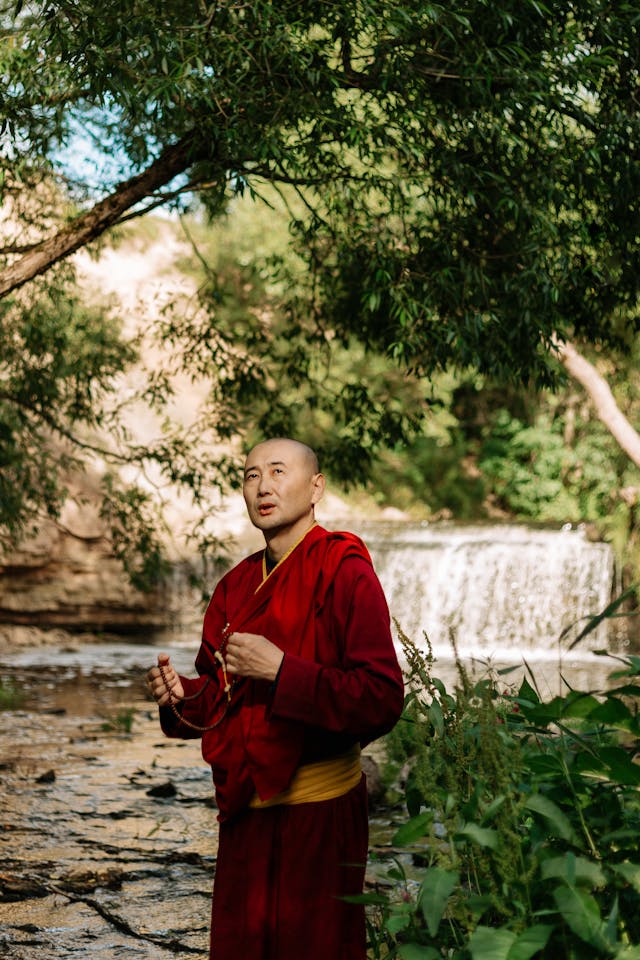
As you continue your Tai Chi practice, remember that each movement is an opportunity to connect with your body and mind, fostering a sense of calm and resilience. Whether you’re a beginner or an advanced practitioner, the benefits of Tai Chi are accessible to everyone, offering a path to improved physical health and mental well-being.
Thank you for joining me on this journey. May your Tai Chi practice bring you peace, strength, and joy. 🌿
Feel free to share your experiences or ask any questions, send to [email protected].
Until next time, stay balanced and be well.
References
https://www.taichifortherapists.com/blog/tai-chi-principles
https://artoftaichi.com/blog/opening-and-closing-in-tai-chi

